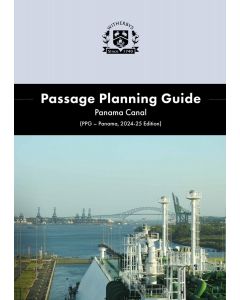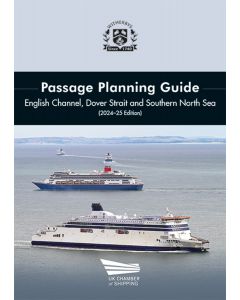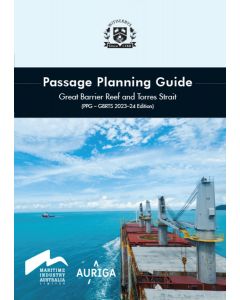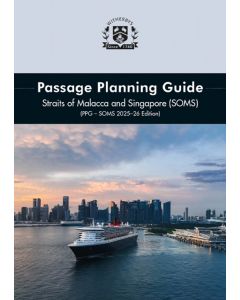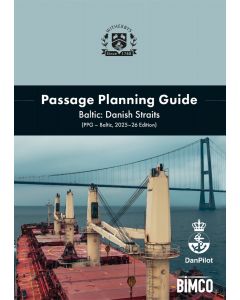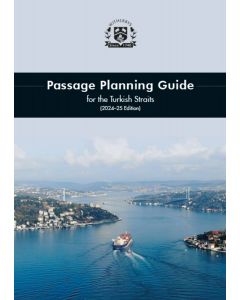Passage Planning Guide for the Turkish Straits
- FREE Delivery to UK - Spend over £75
- FREE Delivery to Europe - Spend over £150
- Worldwide Delivery Available
SPECIAL ORDER ITEM - 1 WEEK DELAY
This new Guide details all the necessary passage planning guidance for Masters and navigating officers when transiting the Turkish Straits. It has been developed to incorporate the latest guidance and practical advice for ships transiting the region.
Guidance is provided on the transits (North and South) covered by vessel traffic services:
- Çanakkale Strait (Çanakkale Bogazi) = 37 NM
- Sea of Marmara = 110 NM
- Bosphorus (Istanbul Bogazi) = 17 NM
Product Details
Part Number: SEA0292
Edition: 2024-2025
Printed and corrected to: No
Publisher: Witherbys
Language: English
Format: No
MPN: BP107206
This Guide summarises the essential information that Masters require in preparing for a transit of the Turkish Straits and requirements in Türkiye, in addition to providing navigating officers with the necessary guidance to prepare a comprehensive passage plan.
The Turkish Straits is 164 NM long in total, between the Aegean Sea and the Black Sea, and is the only available route by sea and all within the sovereign sea territory of Türkiye.
The Guide details situations in which:
- Traffic in the Straits would be suspended
- vessels require one-way traffic
- vessels require daylight-only transit.
The Turkish Straits is one of the world's busiest shipping routes, with approximately 130 ships a day transiting (~50,000 ships per year). 20% of all ships are tankers. Suezmax tankers (<300 m LOA) can safely navigate the Turkish Straits while maintaining acceptable margins of safety. Tankers >300 m LOA can transit the Turkish Straits, but will be subject to additional restrictions.
Managing traffic in the Turkish Straits is a challenge, with one-way traffic measures leading to a transit time of broadly 12 hours Northbound and 12 hours Southbound (typically led by a tanker). This all results in the average waiting time for a ship to enter the Bosphorus Southbound being 14.5 hrs for large ships waiting in 'hold'. Such waiting times can increase to 3-4 days, or even a week on occasions, due to heavy traffic or other circumstances such as poor weather or as a result of a major incident in the Turkish Straits. The Guide clearly sets out all of this information to provide scheduling advice for the Master.
In the Turkish Straits, vessels may encounter strong currents, with rates in excess of 7 knots, while navigating in confined waterways that narrow to only 698 m at points, as well as having to safely make large alterations of course of up to 80?. In addition to these challenges, concentrations of traffic are often heavy in the Bosphorus, as ferries and local traffic make over 2,500 crossings of the waterway per day.
This 2024-25 Guide provides clear and comprehensive guidance for the Master and navigating officer, accompanied by annotated chartlets for each stage of the transit, all presented in an easy-to-use format and layout.

